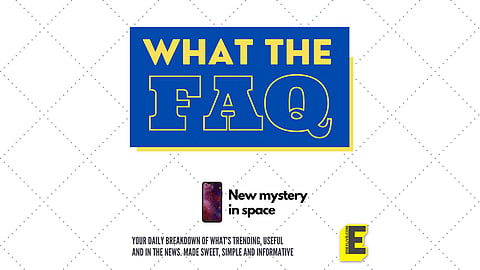

A Jupiter-sized protoplanet, named AB Aurigae b, was discovered by the National Aeronautics and Space Administration (NASA) with the help of Hubble Telescope and Subaru Telescope. It is considered the largest exoplanet to be discovered in recent times.
But no discovery is complete without it leading to more questions and a split in opinions. Here's what this discovery has led to.
What did NASA discover?
NASA has captured the stunning formation of a planet with the help of Hubble Telescope and Subaru Telescope. The planet is considered to be a gas giant and is in its early stages of formation and this was estimated on the basis of the images captured by the telescopes. The planet is nine times larger than the mass of planet Jupiter and is considered to be one of the largest gas giant exoplanets.
Where is the planet located?
The proposed planet is very distant from its star. To put it in context, can you imagine what the distance would be when we say three times farther than Neptune is from the Sun. Yup, that's how far it is.
What is a protoplanet and why is it being assumed that the new discovery is a protoplanet?
A protoplanet is defined as a large body of matter around a star or sun. It is considered to be developing into a planet. The new discovery is considered a protoplanet as it is still in the process of formation, according to NASA.
What are the other assumptions of astronomers and scientists based on the new discovery?
The astronomers are assuming that the planet may have formed due to the cooling down of the disk around its Sun. This leads to fragmentation into one or more massive clumps which form planets by gravity.
Another assumption is that if the planet is slightly larger, then it would have fallen under the category of a brown dwarf or a celestial body between a star and a planet.
What is the contention around the new discovery?
The main contention is around the formation mechanism. The classic theory of planet formation starts with dust grains sticking together which gradually build up to form “planetesimals”. The planetesimals grow by colliding with each other to form protoplanets which is not the case with this new discovery.
What will the discovery teach us and why is it important?
As per NASA, the protoplanet is undergoing an "intense and violent process" and its discovery will help us understand how planets are formed, especially when it comes to the disc instability process. This is a process, wherein, a huge disk around a star cools down and then gravity works its magic to break it up into one, or more, planet-mass fragments.
